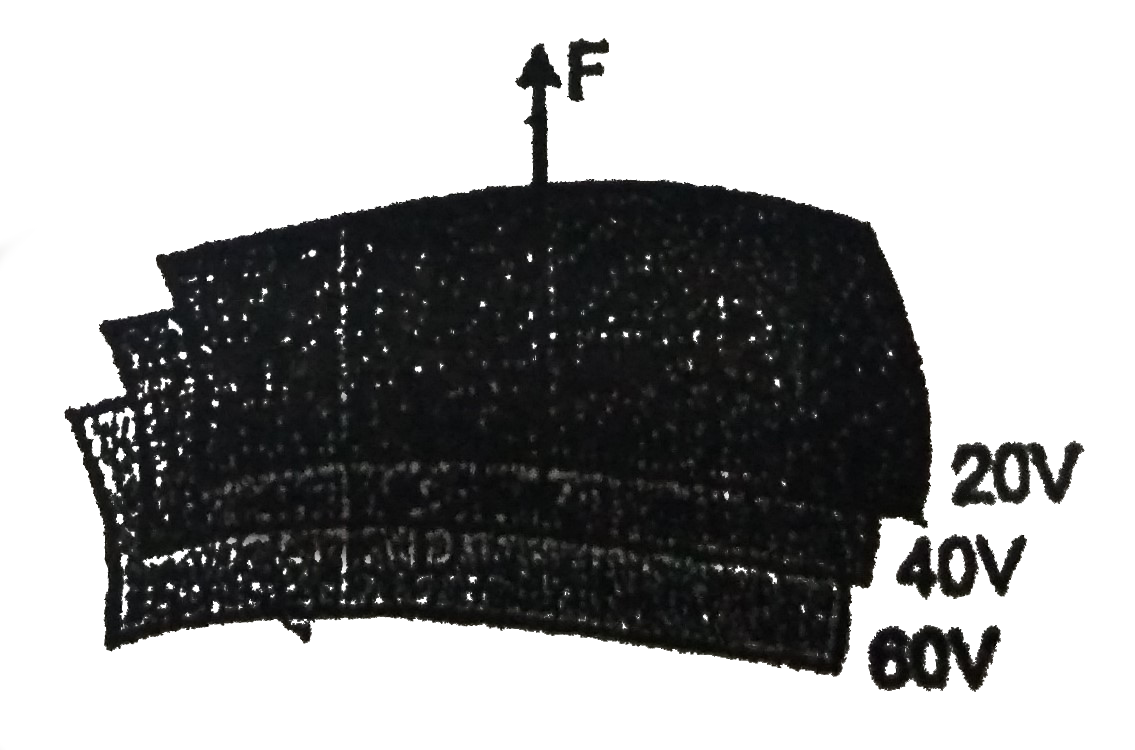Assertion(A): Electric field is always normal to equipotential surfaces and along the direction of decreasing order of potential
Reason(R): Negative gradient of electric potential is electric field.
A
Both A and R are true and R is the correct explanation of A
B
Both A and R are true but R is NOT the correct explanation of A
C
A is true but R is false
D
A is false and R is True
Video Solution
Text Solution
The correct Answer is:A
→E=−→∇V
So, The electric field is always perpendicular to equipotential surface.
Negative gradient of electric potential is electric field. So, direction of electric field must be in the direction of the decreasing order of electric potential.
|
Similar Questions
Knowledge Check
Given below are two statements labelled as Assertion (A) and Reason (R):
Select the most appropriate answer from the options given below.
Assertion (A): Electric field is always normal to equipotential surfaces and along the direction of decreasing order of potential
Reason (R): Negative gradient of alectric potential is electric field.ABoth (A) and (R) are true and (R) is the correct explanation of (A).BBoth (A) and (R) are true but (R) is not the cor rect explanation of (A).C(A) is true but (R) is false.D(A) is false and (R) is also false.For an electric dipole potential & electric field
Acan have same magnitude for a point at a distance less than 2 meterBcan have same magnitude fo a point at distacnes greater than 2 meterCcan never be equalDcan never be predictedThe neagative gradient of potential at any point in electric field is
Aelectric intensityBelectric fluxCelectric dipole momentDnone of these
Draw an equipotential surface for a uniform electric field.
View SolutionThe electric field lines coming out of an equipotential surface are
View SolutionA family of equipotential surface are shown. The direction of the electric field at point A is along-

View SolutionWhat is not true for equipotential surface for uniform electric field ?
View SolutionWhat is not true for equipotential surface for uniform electric field ?
View Solution
